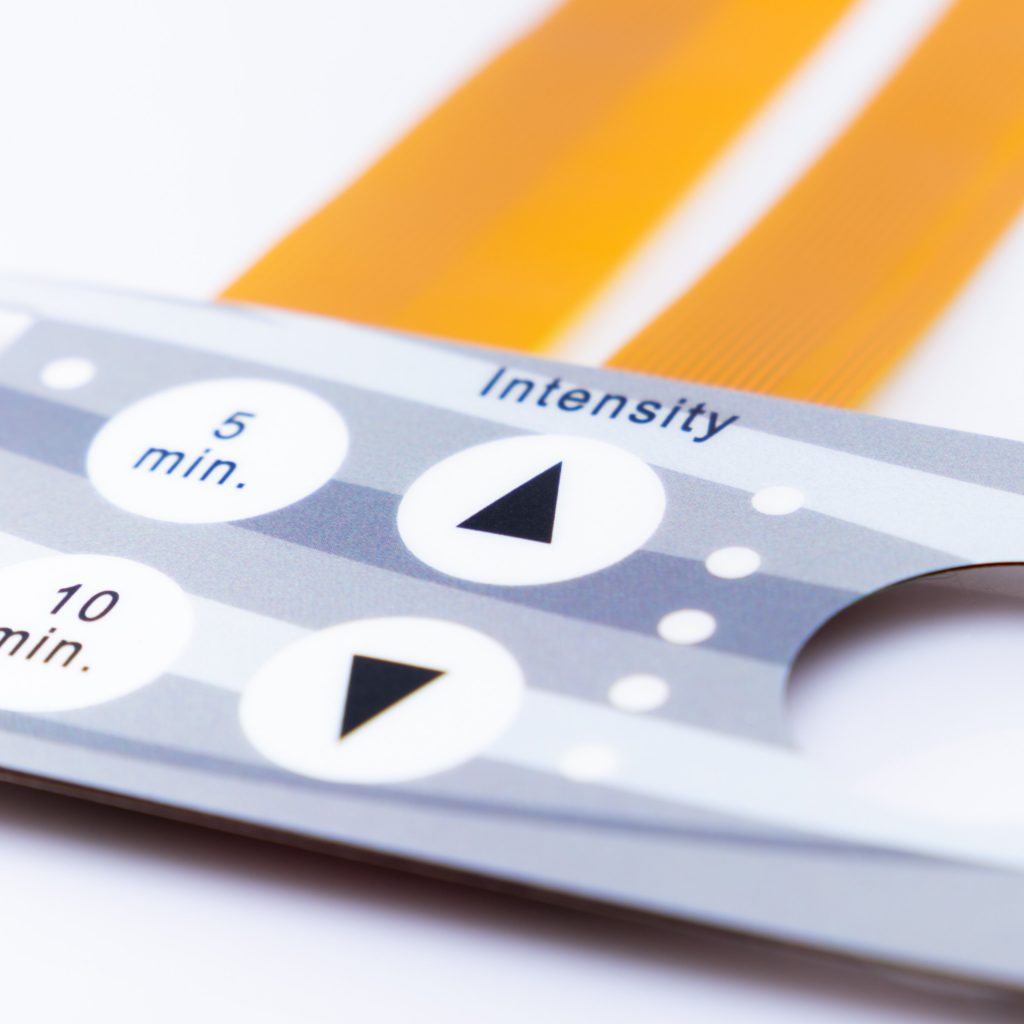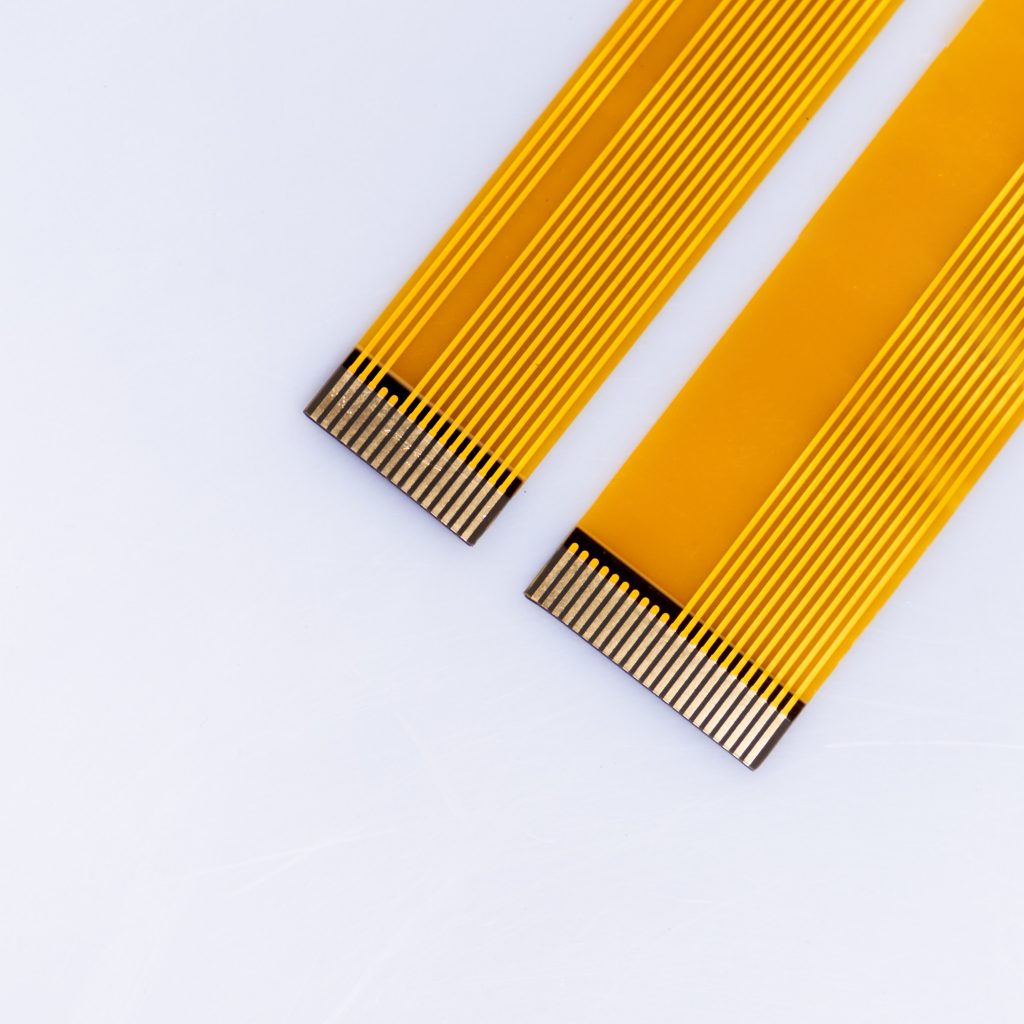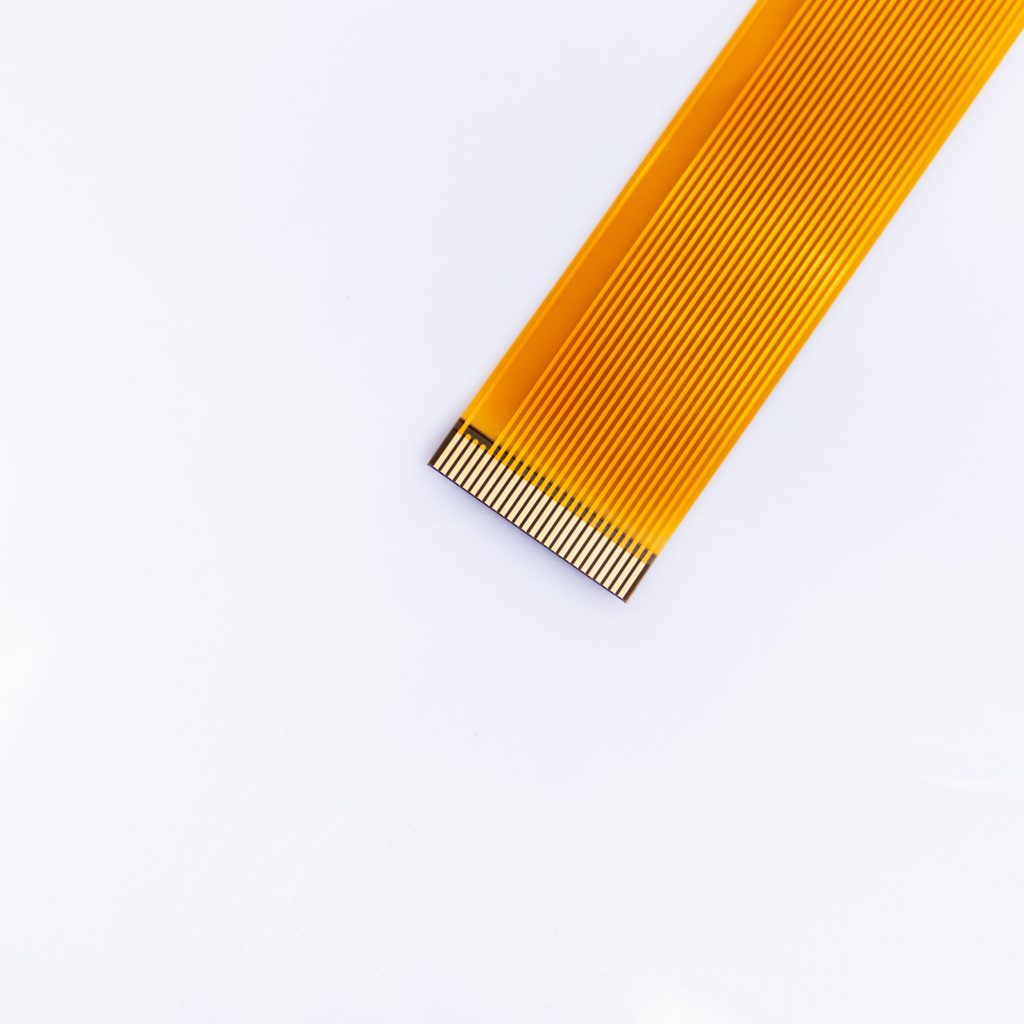Contact
Write to Us And We Would Be Happy to Advise You.
Do you have any questions, or would you like to speak directly with a representative?
By hqt
In the world of modern electronics, we often marvel at the sleek design of our smartphones, the power of our gaming consoles, and the functionality of our smart appliances. However, behind the scenes, there’s a crucial component that often goes unnoticed but plays a pivotal role in making these devices user-friendly and functional – the membrane panel and switch. In this article, we’ll delve into the world of membrane panels and switches, exploring their significance, design, applications, and future prospects.



At their core, membrane panels and switches are interface devices that facilitate user interaction with electronic devices. They consist of several layers of flexible material, typically polyester or polyethylene, with conductive traces or domes placed strategically to create electrical connections when pressure is applied. The top layer is often a graphic overlay that provides labeling and user guidance.
When a user presses a button or touches a specific area on the membrane panel, the top layer flexes, allowing the conductive elements beneath to make contact, closing an electrical circuit. This contact triggers the desired function or input. Membrane panels are highly sensitive and require minimal force for activation, making them ideal for a wide range of applications.
Membrane panels and switches are extensively used in consumer electronics. From the buttons on your TV remote to the keypads on your microwave, they provide tactile feedback and durability while ensuring ease of use.
In industrial settings, where reliability is paramount, membrane panels and switches are favored for their ability to withstand harsh environments. They are resistant to dust, moisture, and chemicals, making them indispensable in control panels for manufacturing equipment.
The medical field relies on membrane panels and switches for aseptic and user-friendly interfaces in devices like infusion pumps, diagnostic equipment, and patient monitors. Their smooth surfaces are easy to clean and disinfect.
Inside your car, membrane switches are responsible for controlling various functions, from the car radio to the climate control system. Their durability ensures they can withstand the rigors of the road.
One of the key advantages of membrane panels and switches is their longevity. They can endure millions of actuations without significant wear and tear, making them cost-effective in the long run.
Manufacturers can easily customize the design of membrane panels and switches, incorporating branding, colors, and specific button layouts to meet the requirements of various applications.
Compared to traditional mechanical switches, membrane panels are more cost-effective to produce. This cost advantage often translates into affordable end-products for consumers.
The slim and compact design of membrane panels allows for space-saving in electronic devices, making them ideal for applications with limited real estate.
The membrane panel and switch industry continues to evolve. Advancements in materials, such as flexible electronics and conductive inks, are pushing the boundaries of what these interfaces can achieve. We can expect to see even thinner, more responsive, and adaptable membrane panels in the future.
While membrane panels and switches may not be the stars of the show in the world of electronics, they are undoubtedly the unsung heroes. Their versatility, durability, and cost-efficiency make them an integral part of our daily lives. As technology advances, so too will the capabilities of membrane panels and switches, ensuring they remain an essential component of modern electronic devices.
No, they are not the same. While touchscreens also facilitate user interaction, they are typically built using different technology, relying on capacitive or resistive touch sensors, whereas membrane panels and switches use pressure-sensitive conductive elements.
Yes, membrane panels can often be repaired or replaced, depending on the extent of the damage. However, prevention is key, as regular maintenance can extend their lifespan.
Industries such as consumer electronics, industrial automation, medical devices, and automotive applications benefit significantly from membrane panels and switches due to their reliability and durability.
Yes, they are. Membrane panels and switches are typically made from recyclable materials and can be disposed of responsibly, reducing their environmental impact.
Yes, they can. Membrane panels and switches can be designed to be weather-resistant and are suitable for outdoor applications where they may be exposed to the elements.
Do you have any questions, or would you like to speak directly with a representative?